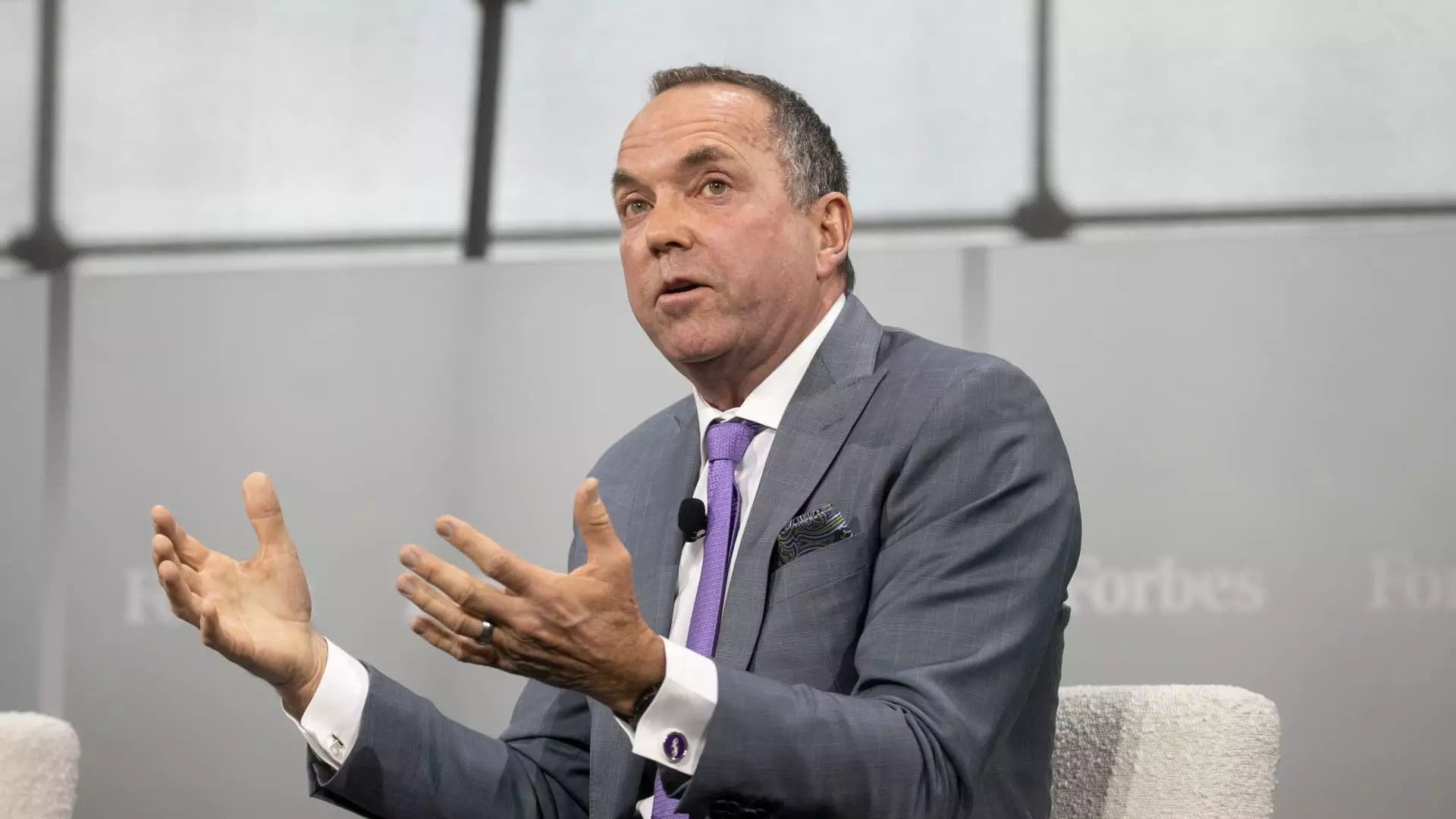The sudden plunge in Sarepta Therapeutics’ stock by over 30% represents more than just a financial setback; it symbolizes a profound erosion of trust in the promise of gene therapy to deliver life-changing cures. This episode underscores a glaring truth about biopharmaceutical innovation: the leap from experimental success to market viability remains fraught with peril, especially when patient safety is compromised. Sarepta’s flagship product, Elevidys, was heralded as a beacon of hope for Duchenne muscular dystrophy (DMD), yet it now teeters on the brink of regulatory suspension amid safety concerns. This crisis exposes the perilous gamble that patients and investors have taken—betting not just on the potential of groundbreaking science but also on corporate transparency and regulatory oversight that appear increasingly questionable.
The core problem lies in the disconnect between regulatory approval and real-world outcomes. Elevidys was granted conditional approval despite limited evidence of its long-term benefit, revealing a troubling willingness by regulatory authorities to prioritize quick access over definitive safety and efficacy. The subsequent emergence of fatal adverse events, including liver failure, shatters the fragile trust that had been carefully cultivated. The situation demonstrates that promising early results often mask the underlying risks that may only manifest after widespread application, highlighting the dangers inherent in rushing advanced therapies to market.
The Ethical Dilemma: Balancing Hope and Hazard
At the heart of this controversy is an ethical conundrum: should science proceed with cautious optimism, or hasten to meet urgent medical needs at the expense of patient safety? Sarepta’s Elevidys was approved amid intense pressure to address a heartbreaking unmet need—Duchenne muscular dystrophy, a devastating disease that robs children of their mobility and often claims their lives by early adulthood. Patients and families, knowing the grim prognosis, clung to the hope of a life-extending treatment.
However, this hope appears increasingly misplaced in light of recent developments. The deaths linked to Elevidys raise fundamental questions about the adequacy of safety assessments during the approval process. Is it ethical to introduce such therapies into the market with unresolved safety issues, especially when the benefit is uncertain and the risks potentially irreversible? The FDA’s decision to expand approval despite failing to meet primary endpoints in clinical trials echoes this concern, suggesting that commercial interests and political pressures could be influencing regulatory standards. Such a trajectory risks transforming once-trusted institutions into entities that prioritize market share over patient well-being.
The Regulatory Quandary: The Politics of Approval and Oversight
The involvement of the FDA in this debacle exemplifies the complexities of modern regulatory oversight. Originally granting Elevidys conditional approval, the agency seemed eager to facilitate access to innovative therapies, perhaps under pressure from rising expectations in the biotech sector and patient advocacy groups. Yet, the recent revelations of patient deaths shake this confidence — revealing that the FDA’s internal investigations might have been too lenient or prematurely optimistic.
The statements from FDA Commissioner Marty Makary signal a possible rethink, but the damage has been done. The agency’s consideration of whether Elevidys should stay on the market suggests an institutional struggle between safeguarding public health and maintaining confidence in the regulatory system. The FDA appears to have underestimated the seriousness of safety signals, risking a future where the legitimacy of drug approvals is questioned and public skepticism grows. This incident could serve as a stark reminder that regulatory agencies need to resist political and commercial pressures and prioritize transparent, rigorous safety evaluations.
The Economic Impact: Commercial Dependence and Investor Risk
From an economic perspective, Sarepta’s overreliance on Elevidys paints a concerning picture. The drug accounts for more than half of Sarepta’s revenue, making the company vulnerable to regulatory and safety setbacks. The company’s statement that even a limited treatment window could generate hundreds of millions annually seems overly optimistic given the new risks. Investors, having seen Sarepta’s stock plummet by more than 87% this year, are now grappling with the possibility that the drug’s market future could be entirely eradicated.
The situation underscores the dangers of putting too many eggs into a single basket—particularly when that basket is loaded with unproven, high-risk therapies. Sarepta’s attempt to reassure stakeholders by emphasizing potential revenues fails to address the fundamental issue: patient safety must come first. If regulators decide to withdraw Elevidys altogether, Sarepta’s entire future could be at stake, exposing the fragile interplay between innovation, regulation, and commercial interests.
Patient Stories: The Human Cost of Scientific Overreach
Amidst the discussions of regulatory failure and financial fallout, the human stories stand as poignant reminders of what’s truly at stake. Jennifer Handt’s account of her son Charlie—whose life was improved by Elevidys—exposes the emotional and moral stakes often lost in headlines about stock prices and clinical trials. Her acceptance of the risks involved in early trial participation highlights a fundamental truth: desperate families often feel they have little choice but to trust experimental treatments, despite the risks.
Yet her story also exposes the peril of unchecked optimism. While Charlie remains stable, other children have paid the ultimate price, and the wider community of patients faces mounting uncertainty. These stories emphasize why responsible regulation, rigorous safety protocols, and transparent communication are critical—not just for protecting individual lives but for preserving the integrity of medical science as a whole.
—
This critique demonstrates a central truth: in the relentless pursuit of innovation, swift regulatory approvals and corporate bravado can often overshadow the essential need for safety and due diligence. Sarepta’s Elevidys saga illustrates the perilous path of placing hope on belligerent optimism rather than cautious, evidence-based medicine. If the industry—and the regulators—fail to learn from these recent tragedies, the future of gene therapy may be hampered by distrust, legal liabilities, and unfulfilled promises.


Leave a Reply